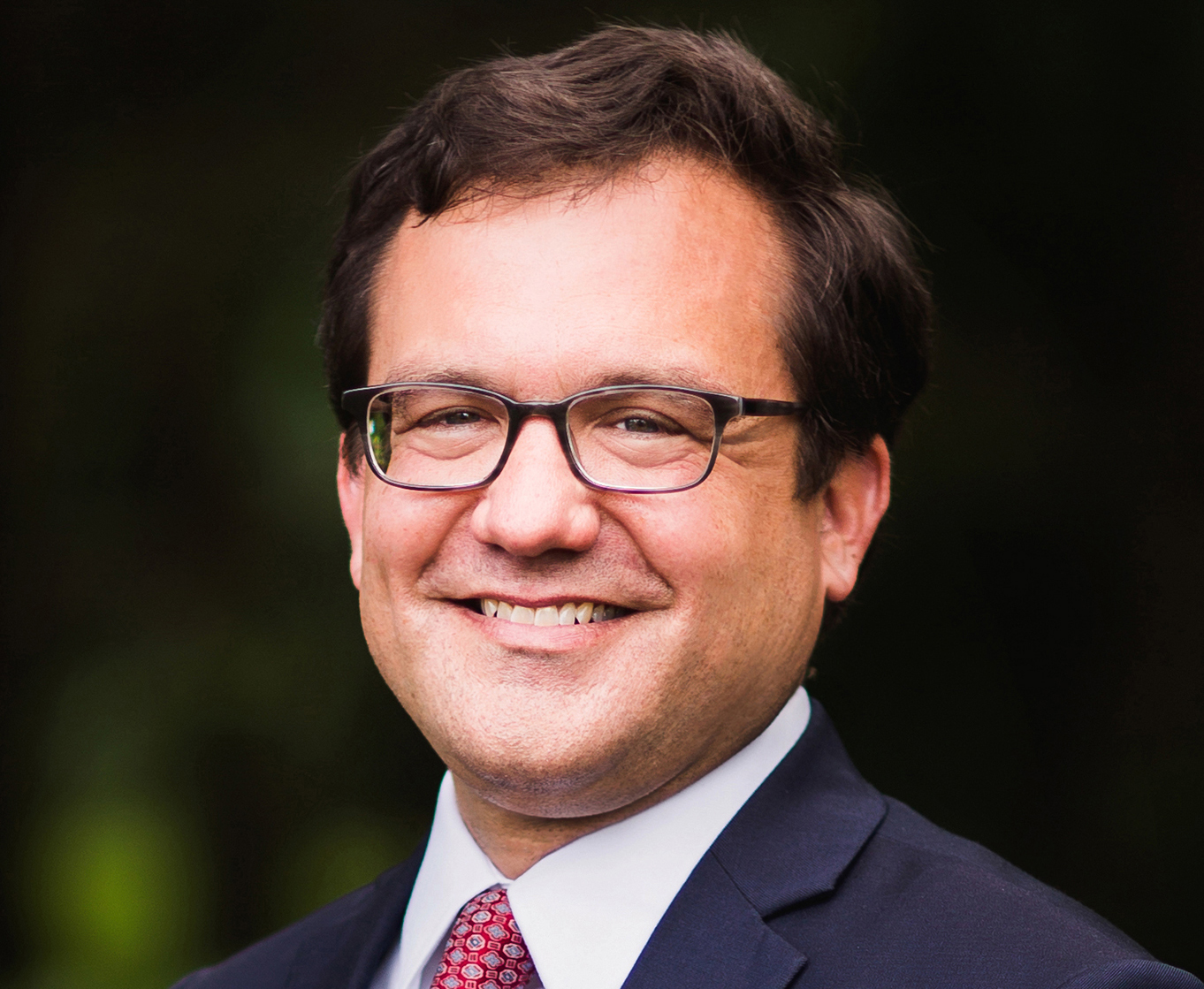In these first months as Carthage College’s 23rd president, I have been doing a lot of reading and listening — not only about Carthage, but about Kenosha and Racine, too.
I read Harold Lentz’s The Miracle of Carthage, which describes Carthage’s history from its early years through the decision to move to Kenosha. I read Kathryn Marie Dudley’s The End of the Line: Lost Jobs, New Lives in Postindustrial America to understand Kenosha’s history, especially around the time of the closing of the auto plants, better. And I have been reading David Kherdian’s Factory Town to understand a portion of Racine’s history from a first-person perspective.
What have I learned? I learned that Carthaginians — whether they are from Carthage, Illinois, or Kenosha; whether older generations or newer; whether they were educated at Carthage or have spent years of their lives working here — are dedicated to Carthage’s educational mission and committed to the college’s development.
This ongoing dedication and commitment, I also have learned, is given to an institution that is remarkable. In educating students, Carthage has determined to understand the needs of society and meet them.
Already in the 1870s, in Carthage, Illinois, Carthage College taught both the classics and science. Carthage knew that society needed both pastors and businessmen, both teachers and lawyers, both musicians and painters.
Moreover, Carthage knew, earlier than so many colleges, that society needed the talents of more people than men alone: already in 1870, Carthage enrolled women. Yes, Carthage’s historic purpose to develop society is amply in evidence.
At the same time, I have learned much about Kenosha and Racine. These are two communities that know as well as any the value of work and the costs of losing the availability of work. Moreover, Kenosha and Racine, each in its own way, understands what it is to welcome immigrant communities, to experience tensions among them, and to address problems arising from those tensions.
These two communities understand that economic and social development are hard and require the collaboration of all institutions. The origin of the first hospital in Kenosha reflects exactly that can-do attitude: Not waiting for others to provide it, 100 business leaders in Kenosha decided that the community (and their workers) needed health care and launched what has now become part of Froedtert South.
I recognize, in the history of Carthage and that of Kenosha and Racine, truly unusual alignment. Carthage leaders demonstrated their own can-do attitude by deciding to move away from rural Illinois. Most liberal arts colleges in the United States were founded in the 19th century in small towns, away from avenues of employment and engagement in the world. Carthage’s leaders, however, saw in the 1950s that developing society is achieved far more readily in a mid-sized, collaborative city in a growing region.
The timing was excellent: Carthage was seeking to move to a larger, supportive town, and Kenosha was seeking to attract its first four-year institution. But it was more than good timing; it was two can-do communities taking inspired, prescient decisions, seeking to come together for mutual benefit. Those benefits continue to this day.
Those historic purposes inspire me, because they resonate so well with my own. Early in my career, when I was teaching at Davidson College in North Carolina, I thought that my purpose was to teach mathematics. Later, after teaching both mathematics and humanities, I determined it was to help students — to teach, mentor, inspire, and befriend them. And, finally, I realized it was to help people and society itself.
Local history provides ample evidence of people willing to come together and achieve important but difficult tasks. I am ready to roll up my sleeves and join you in this continuing effort.
To me, that purposeful collaboration is the recipe for distinction and success — at Carthage and in all of southeastern Wisconsin.

